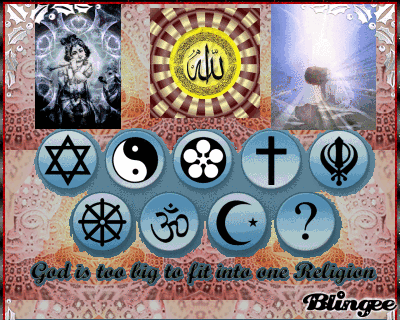यदा यदा हि धर्मस्य ग्लानिर्भवति भारत।अभ्युत्थान- मधर्मस्य तदात्मानं सृजाम्यहम्॥परित्राणाय साधूनां विनाशाय च दुष्कृताम्।
धर्मसंस्था- पनार्थाय सम्भवामि युगे युगे ॥
Geeta as we know it commonly is not just a scripture but it is a live collection of energies of supreme lord. In the incarnation of krishna when bondages of illusion got so strong that arjuna was not able to get out of it , the geeta was born which destroyed all the bondages with light of knowledge and helped pandavas win the war.
Geeta is not just to be read to understand gyan, bhakti, karma... etc. but it has it's numerous sadhanatmak prayogs by virtue of which many siddhis can be attained and doshas can be removed. Gita if done under proper guidance and with diksha it grants most impossible spiriitual achievements without doing horrendous feats.
By proper vedic anushthan of gita one can enjoy both spiritual and material pleasures as the reason for the sorrows are the 3 doshas : 1) Nava-graha dosha, 2) Pitra-dosha, 3) Karma-dosha. Procedural recitation of gita helps in mitigating all the 3 doshas and therefore overall success is achieved. By anushthan of gita one is blessed by energies of Supreme lord. Krishna is all inside the house and mind of the individual. He or she gets guidance and protection in most need times, all tasks are achieved without failures. Spiritual upliftment is tremendous due to lord's energies being present. Every vaishnava, vedic folk must atleast do Gita anushthan or get it done through proper vedic bramhins once a year for overall good.
Geeta jayanti is falling on 18th December 2018. This is a very auspicious moment for performing geeta anushthan. So we are extending a facility to all those people who are devotees of lord krishna or vishnu or are vedics, vaishnavites or belonging to any belief or sect who want to get the blessings, have their problemms removed and feel the positivity in life; Every year we perform gita anushthan . so this year it will be performed for public who are interested in this service to lord.
Benefits of Geeta anushthan:
- Removes all negative karma from life
- Removes alll pitra doshas, if any ancestor has not attained mukti then he or she can be liberated.
- Reduces navagraha doshas.
-Gets protection from lord Krishna.
- Gets peace and prosperity
-All black magic tantric perils are mitigated.
- One attains pure devotion to lord Vishnu.
Procedure of Geeta anushthan:
- Guru avahan pujan
- Sankalpa
- Gau pujan
- kalash sthapan
- punyahvachan
- ganesh gauri pujan
- yogini pujan
- Bhairav pujan
- Navagraha sthapan & pujan
- Krishnaavahan along with his peetha shaktis
- Aayudha avahan
- Gana avahan
- Purna shodashopachara pujan
- Avaran pujan
- Naivedya arpan
- Moola mantra japa
- 108 geeta patha
- 11 patha havan
- aarti
- bramhin bhojan
- gau and kaak bali.
This is the complete procedure of anushthan. This anushthan will be done for 5 days starting from 18th december to 22nd december. Avahan and sankalpa will be on first day and rest all the steps will be done everyday. The dakshina for this divine ceremony is 16000 INR only.
https://www.google.com/search?q=Gita+anushtan

